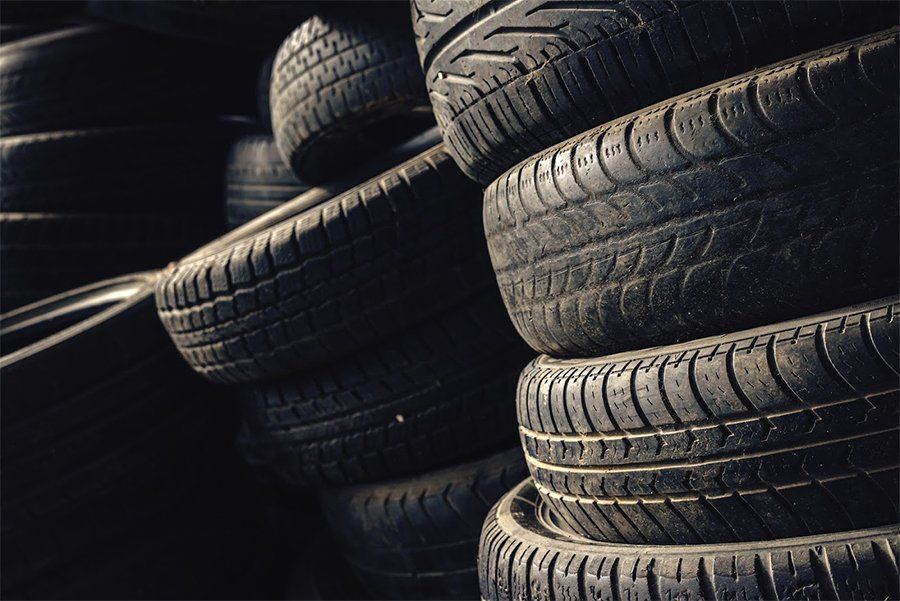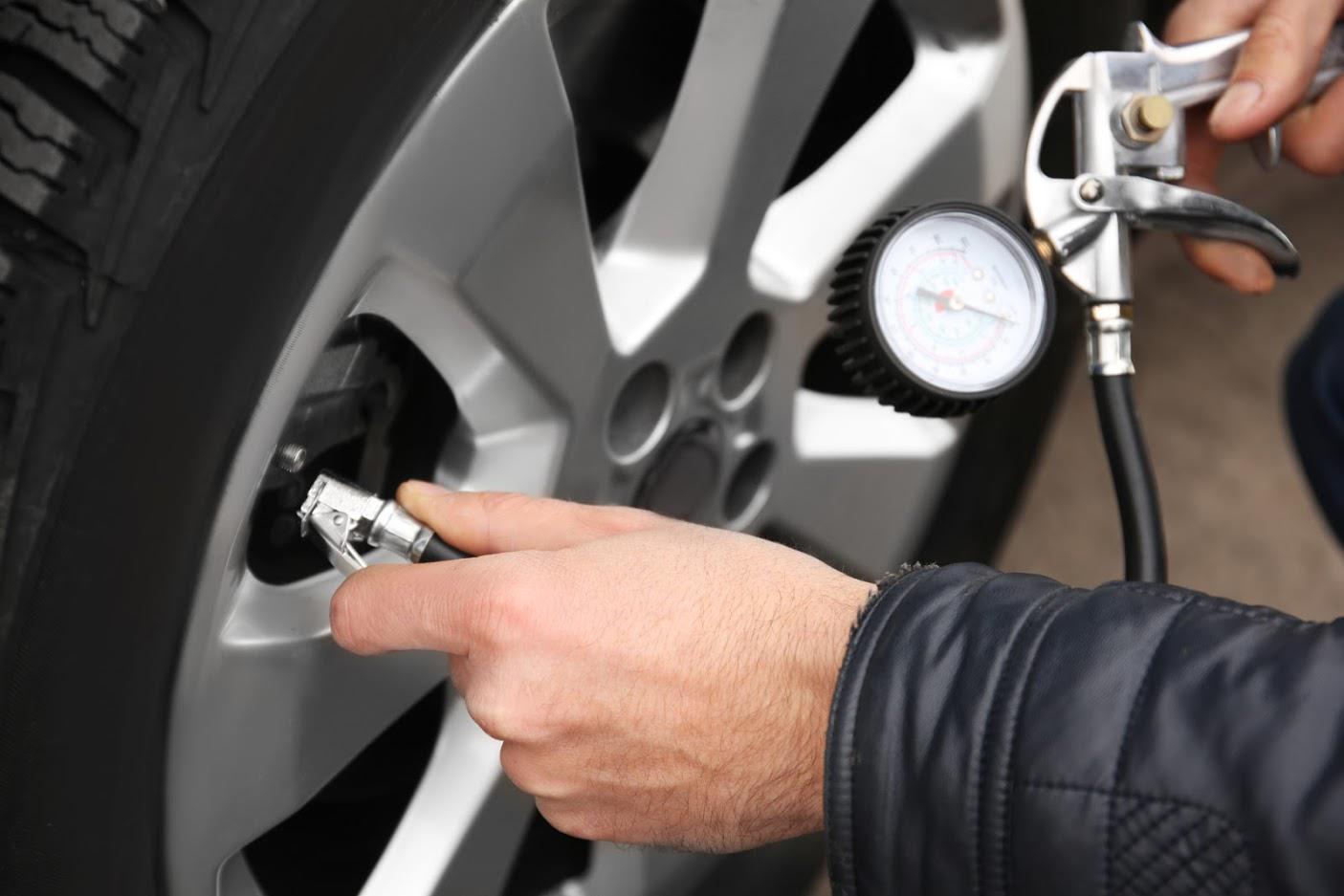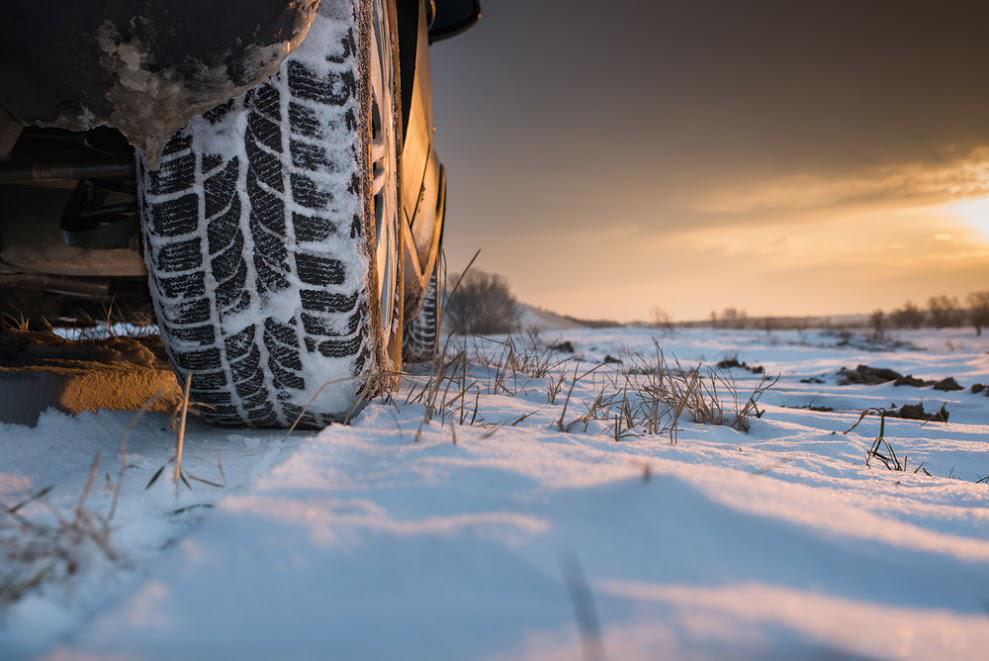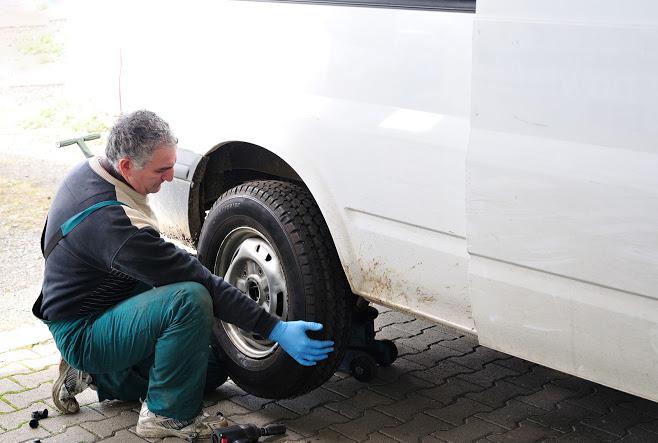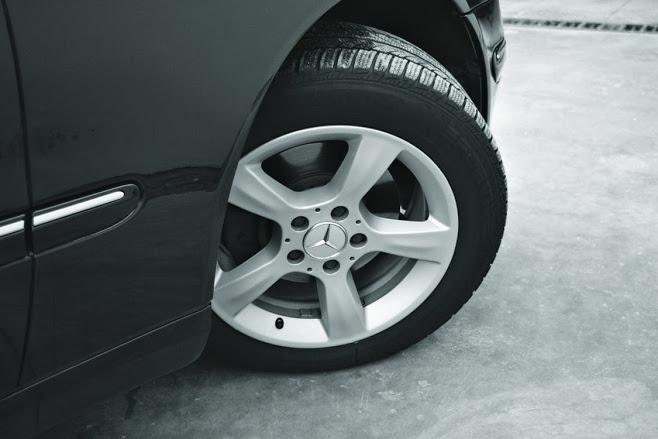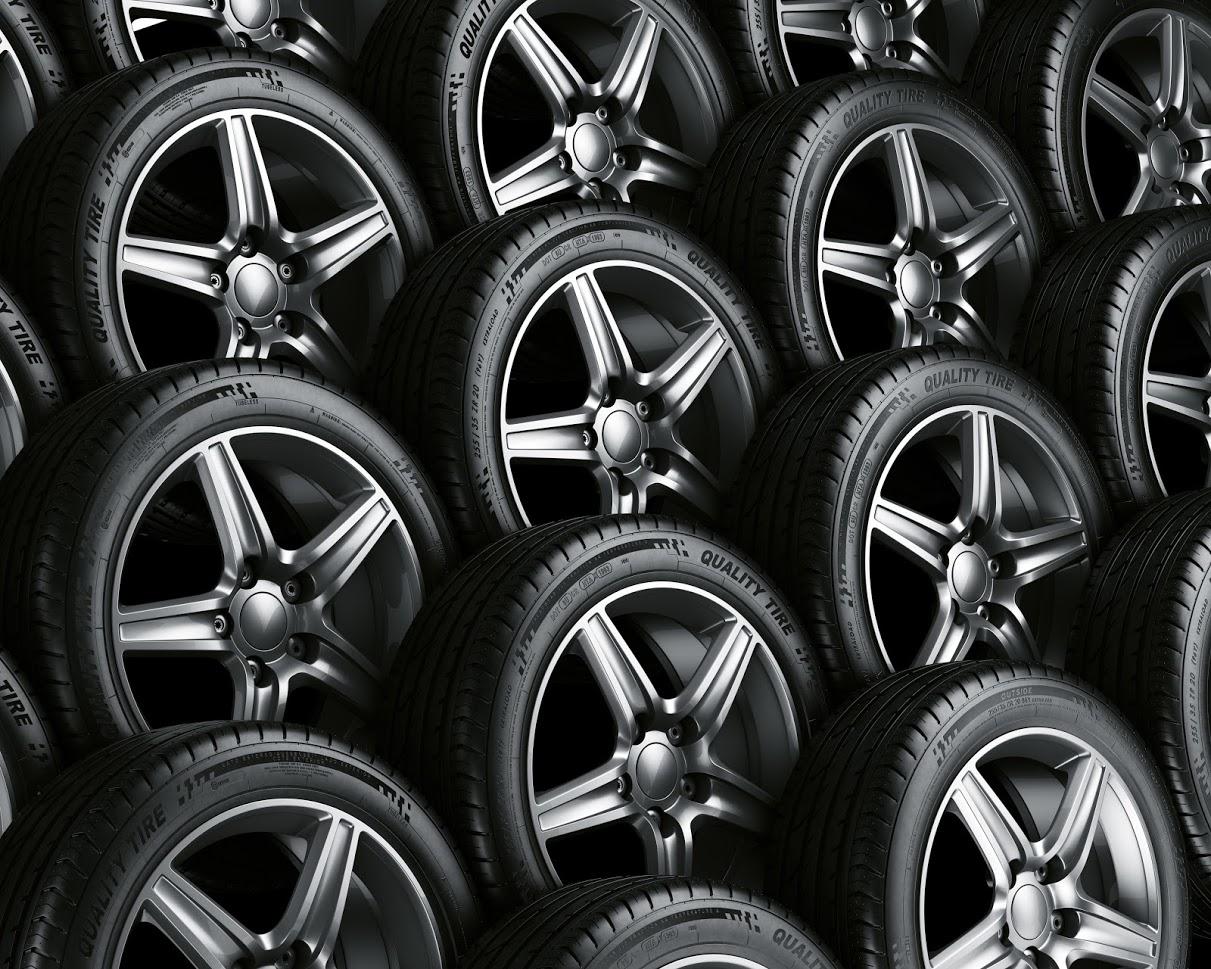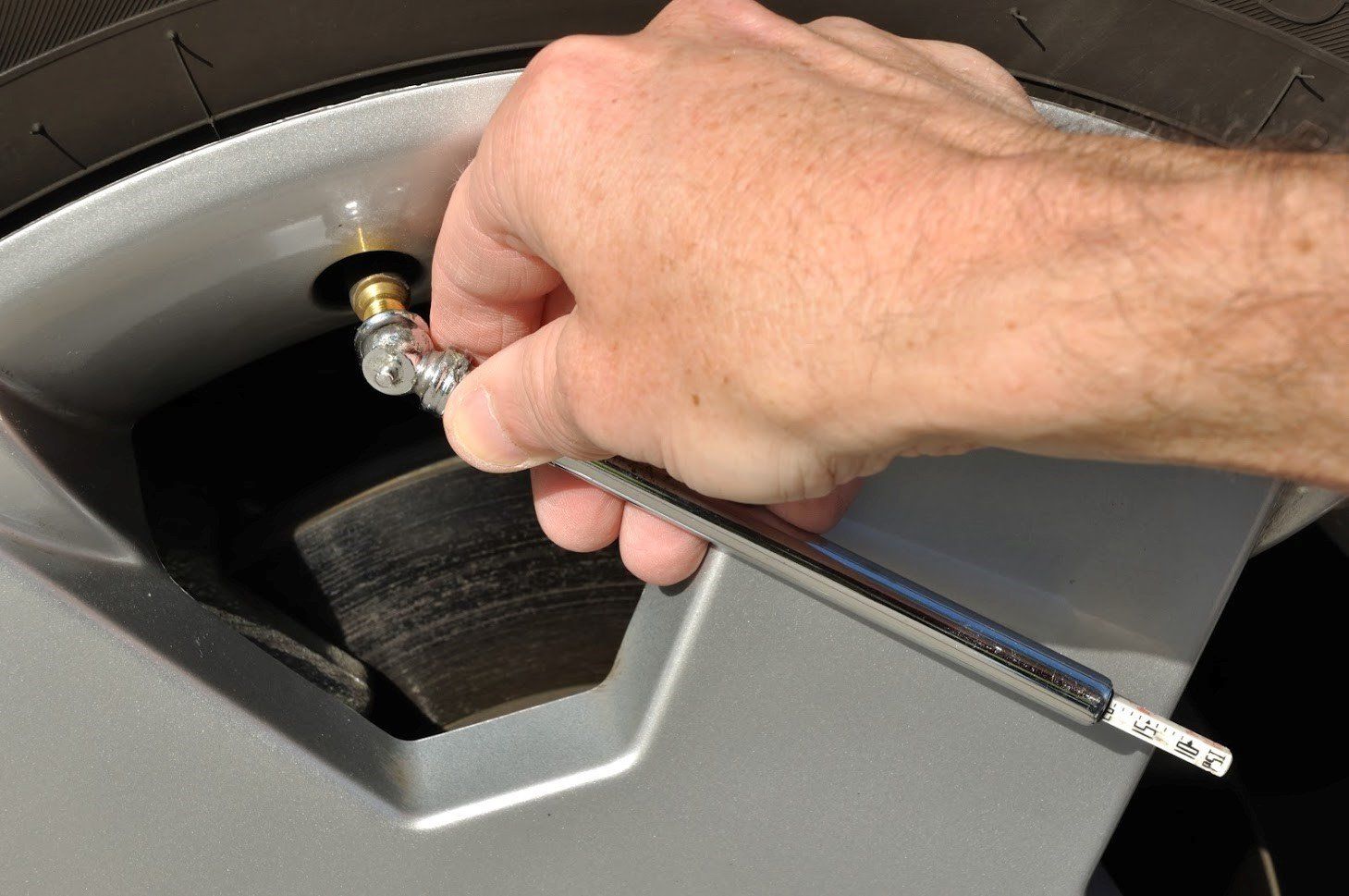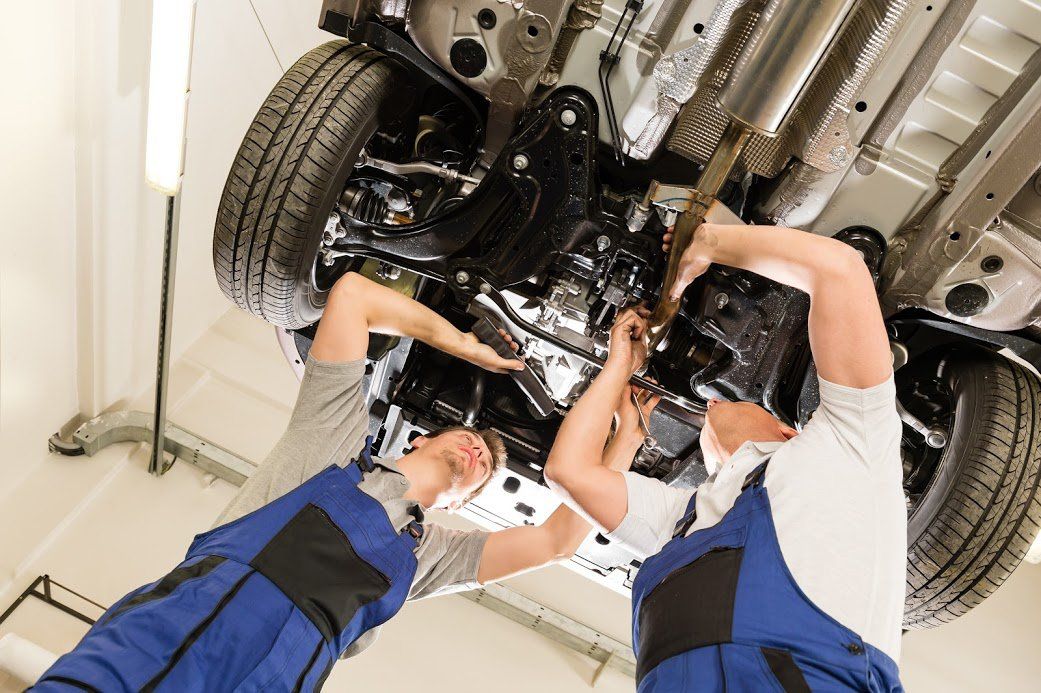How to Get the Most Out of Your New Tires
- By Admin
- •
- 18 Dec, 2018
- •
Tires can be expensive, so you'll want to take care of your new tires to be sure that you can get the most from them. Once the tires are on the car, maintaining them is not difficult, but you'll want to consider some things so that you can make them last. If you have any questions about the tires you have installed on your car, ask the technician before you leave the shop.
Keep Your Tires Properly Inflated
Proper inflation is essential for the tires on your car. The tread will not wear in an even pattern if the tire is over- or under-inflated. In addition, sidewall damage can occur when the tires are low.
Check the tires every time you fill your gas tank or once a week if you have a car that you don't drive every day. The proper tire pressure is listed in the owner's manual of your car and on a sticker on the inside of the driver's door.
Nitrogen Instead of Air
Nitrogen is a good option for inflating the tires and maintaining the right pressure over time. Because nitrogen is an inert gas, it does not expand and contract with the changes in temperature outside. You cannot put air and nitrogen in together because the air will negate the properties of the nitrogen. Ask your tire shop if they offer nitrogen as an option for your tires if you are interested in using it.
Rotate Your Tires
Rotate the tires on your vehicle regularly. Most tire manufacturers recommend rotating the tires when the car gets an oil change. Following this schedule will help you remember to rotate your tires, and 3,000 to 5,000 miles is a reasonable interval for tire wear on most tires.
Rotating the tires around the car will keep the wear on the tires very even. The technician will know which tire to put where on the car, but if you are rotating your tires yourself, you can look in the owner's manual for a diagram that shows the proper tire rotation for your vehicle.
Keep Your Tires Clean
While it might sound strange, keeping the tires on your car clean can make them last longer. Cleaning the sidewalls with hot water and soap will get the mud, dirt, or sand off.
Once the tires dry, apply a rubber protectant to the sidewalls to preserve them. The protectant will prevent dry rotting and can make the sidewalls look a lot nicer as well. Do not apply the protectant to the tread of the tires, as this can make the tires slippery and negatively affect the handling of the car.
Inspect the Tread Depth
The tread depth on your tires is important. A tire with too little tread can handle poorly and may be hard to stop. Checking the depth is easy. Take a penny from your pocket and turn it so the top of Abe Lincoln's head is pointing down. Place the penny into the tread of the tire. If the tread extends over the president's head, you have enough tread. Replace the tires if the tread does not extend past the top of Abe's head.
The minimum safe tread depth on most tires in 2/32 of an inch. Anything below that makes the tire unsafe. While truck tires have different standards, this measurement is considered the universal standard for most tires manufactured for passenger cars.
With over 50 years of experience in the tire business, Radial Tire Service can help you select the right tires for your car, truck, or SUV. Visit our shop so we can give you a price on new tires or rotate your current ones for you.


